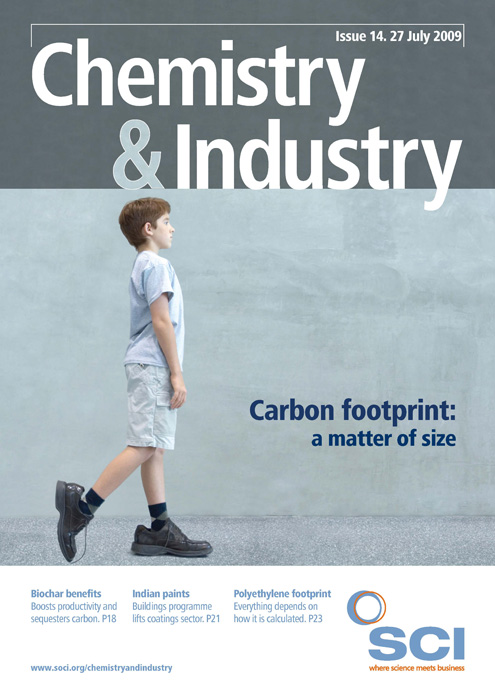Your walls, floors and ceilings could
be factories for harmful pollutants,
scientists have found.
Conventional wisdom held that
hydrogen chloride and nitrogen oxides,
abundant byproducts of combustion
reactions, were locked-up for good
when deposited on surfaces. But this
view is now being challenged.
The researchers made nitrosyl
chloride, ClNO, and nitryl chloride,
ClNO2, from nitrogen oxides adsorbed
onto wet surfaces using UV radiation
and HCl (PNAS doi:10.1073/
pnas.0904195106).
In most settings, the chlorine
species produced by these reactions
will not be produced in sufficient
quantity to pose a health risk. But they
break down in UV light to free chlorine
atoms, which can feed into radical
chain reactions that produce ozone,
a harmful pollutant and greenhouse
gas.
They integrated this chemistry with
computer models of air pollution in
southern California, which returned,
in some regions, a 20% increase in
ozone.
‘The unique aspect of this
chemistry is that water is essential for
these reactions to take place – without
it, you don’t form ClNO or ClNO2,’ says
author Barbara Finlayson-Pitts, from
the University of California, Irvine,
US. ‘Any surface will do, as long as
it contains a thin film of adsorbed
water.’
HCl can be produced by natural
and industrial processes, such as the
burning of biomass and waste. It is
also found in cigarette smoke and can
be generated by chlorine-containing
cleaning products.
Paul Monks, an atmospheric
chemist at the University of Leicester,
UK, says that to combat this effect
in the indoor environment we need
materials that resist the adsorption
of nitrogen oxides. We also need to
reconsider the chemicals we routinely
use indoors. Limonene, for example, is
used in many cleaning products to give
a lemon smell, but it is a surprisingly
reactive compound. Monks asks: ‘Do
we really need that smell?’
The climate change debate has
drawn some attention away from
the wider issues of air quality, he
adds. But, atmospheric processes are
interwoven, and we need to consider
them together, or we risk exacerbating
one problem as we try to fix another.





